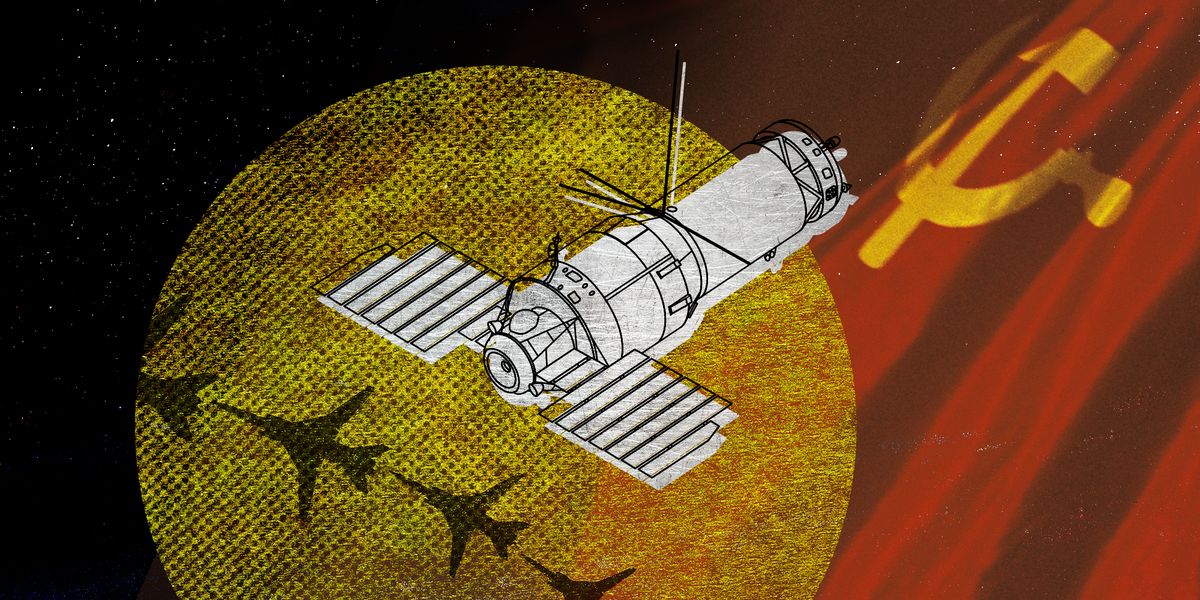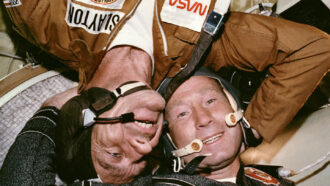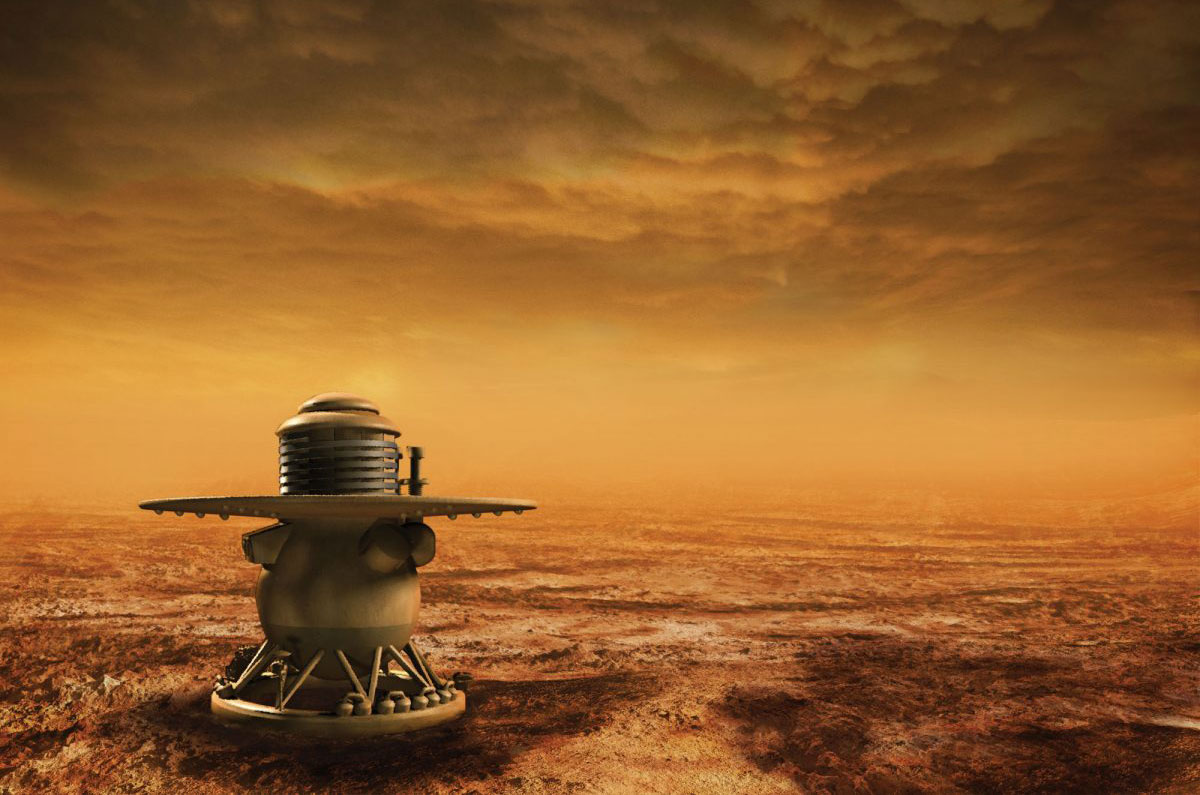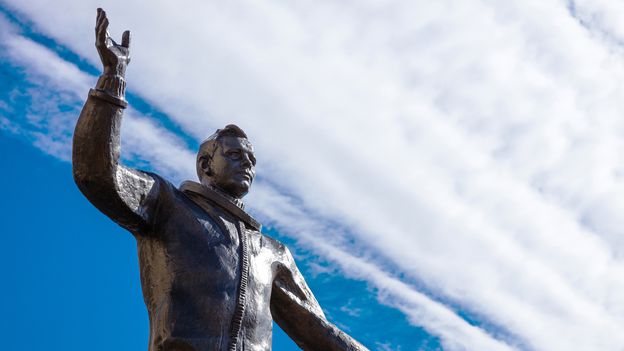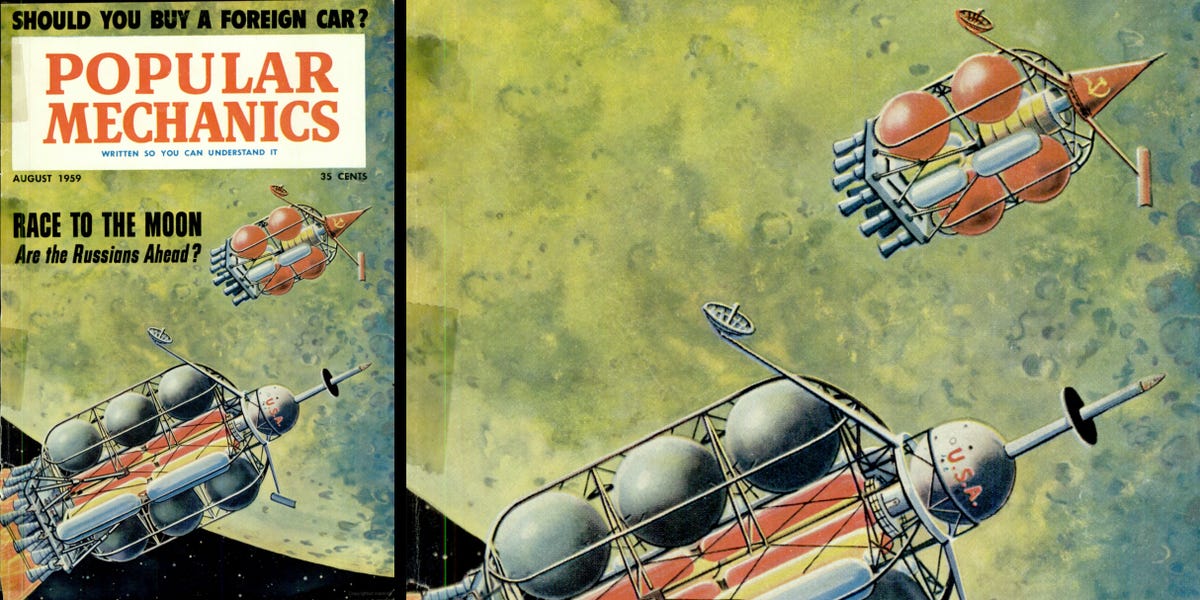Soviet Union
The Soviet Union, officially the Union of Soviet Socialist Republics, was a transcontinental country that spanned much of Eurasia from 1922 to 1991. A flagship communist state, it was nominally a federal union comprising fifteen top-level republics; in practice, both its government and its economy were built on a highly centralized model until its final years. It was a one-party state governed by the Communist Party of the Soviet Union, with Moscow as the capital. Other major cities included Leningrad, Kiev, Minsk, Tashkent, Alma-Ata and Novosibirsk. The Soviet Union was the largest country in the world by land area, covering over 22,402,200 square kilometres and spanning eleven time zones. The Soviet Union traces its origin to the 1917 October Revolution which saw the Bolsheviks led by Vladimir Lenin topple the Provisional Government and establish the RSFSR, the world's first constitutionally socialist state.
